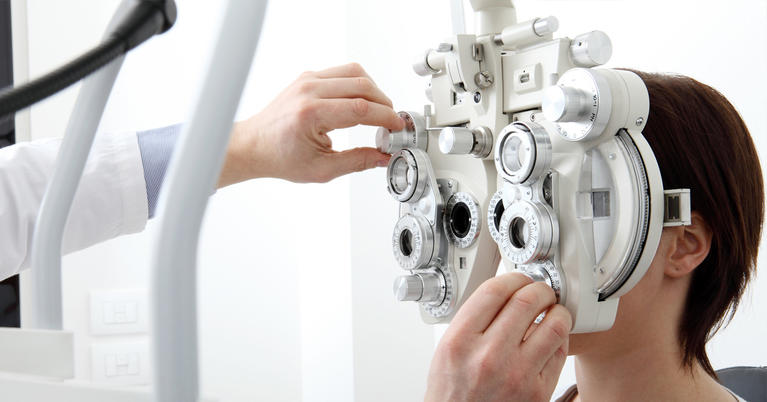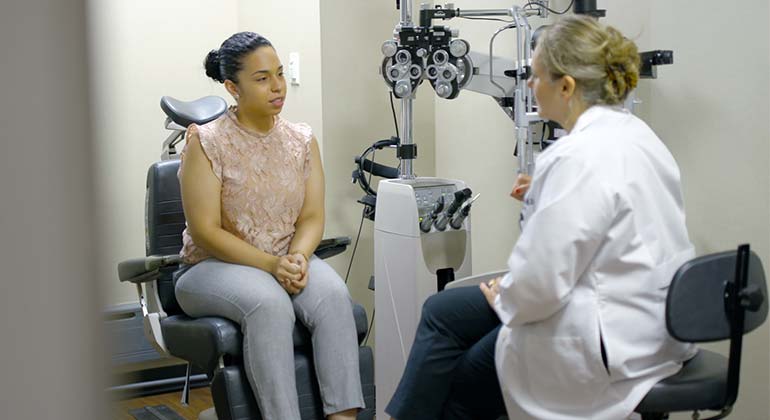Neurologist in Andalusia: Leading Specialists and Clinics Noted
Neurologist in Andalusia: Leading Specialists and Clinics Noted
Blog Article
The Advantages And Disadvantages of Different Refractive Surgeries for Enhanced Eyecare

LASIK Surgical Treatment
LASIK surgery is a typically executed refractive treatment that aims to deal with vision concerns such as astigmatism, nearsightedness, and farsightedness. This surgical strategy has actually gotten popularity because of its effectiveness in giving people with more clear vision and minimizing their dependence on glasses or get in touch with lenses. During the treatment, a thin flap is created on the cornea, and a laser is used to improve the underlying cells, correcting the refractive mistake. The flap is then repositioned, permitting quick healing and marginal discomfort for the client.
One of the main advantages of LASIK surgical procedure is the rapid renovation in vision experienced by numerous patients. It is essential for people thinking about LASIK surgery to undertake an extensive evaluation by an eye care professional to identify if they are ideal prospects for the procedure.
PRK Procedure
The PRK treatment, additionally known as Photorefractive Keratectomy, is a type of refractive surgical treatment that aims to remedy vision concerns comparable to LASIK surgical treatment. Unlike LASIK, which entails developing a flap in the cornea, PRK functions on the surface layer of the cornea.
One of the advantages of PRK over LASIK is that it removes the threat of flap-related complications because no flap is created during the surgical procedure. This can be beneficial for individuals with slim corneas or those associated with call sports where eye injury is an opportunity. Nevertheless, the healing time for PRK is generally longer compared to LASIK, as the outer layer of the cornea requires time to restore after the procedure. In spite of the longer recovery duration, PRK can be a suitable choice for people seeking vision adjustment surgery.
SMILE Surgical Treatment
A cutting-edge refractive surgical procedure method getting popularity in the field of ophthalmology is SMILE Surgery. Small Cut Lenticule Extraction (SMILE) is a minimally invasive treatment that corrects vision by improving the cornea using a femtosecond laser. Unlike typical LASIK surgery, SMILE Surgery includes producing a tiny laceration in the cornea to remove a lenticule, which results in much less disturbance to the corneal structure and possibly faster recuperation times.
One of the key advantages of SMILE Surgery is its capability to treat nearsightedness (nearsightedness) and astigmatism with high accuracy, causing superb visual outcomes for people. The minimally intrusive nature of the treatment also reduces the risk of difficulties such as completely dry eye syndrome, making it a favorable option for people seeking refractive surgery.

LASEK Strategy
Having discovered the benefits and considerations of SMILE Surgical treatment, an additional noteworthy refractive surgical treatment method worth checking out is the LASEK Method. LASEK, which means Laser-Assisted Subepithelial Keratectomy, is a kind of laser eye surgical procedure that intends to deal with refractive errors such as myopia (nearsightedness), hyperopia (farsightedness), and astigmatism.
Unlike LASIK, LASEK does not involve developing a corneal flap. Instead, throughout a LASEK procedure, the specialist you could try this out makes use of a diluted alcohol solution to loosen up the thin outer layer of the cornea, recognized as the epithelium.
Among the main advantages of LASEK is that it can be suitable for people with thin corneas who might not be good prospects for LASIK. In addition, LASEK typically results in very little post-operative pain and a quicker healing time contrasted to PRK. Nevertheless, the aesthetic recovery process with LASEK may be a little longer than with LASIK.
Implantable Contact Lenses
Implantable Call Lenses use a long-lasting vision adjustment remedy for individuals looking for an option to traditional get in touch with lenses or glasses. These lenses, also recognized as phakic intraocular lenses, are surgically placed into the eye to remedy refractive mistakes such as nearsightedness (nearsightedness), hyperopia (farsightedness), and astigmatism. eye center andalusia. Unlike typical get in touch with lenses that remain on the surface area of the eye, implantable call lenses work within the eye itself, giving clear vision without the need for day-to-day maintenance or removal
One of the vital advantages of implantable call lenses is their durability. Once placed, they can continue to be in the eye indefinitely, providing constant and secure vision adjustment. Furthermore, these lenses can be an outstanding choice for people that are bad prospects for laser eye surgical procedure or who prefer a reversible vision adjustment website link treatment.
Nevertheless, implantable call lenses do lug some dangers, consisting of the potential for cataracts or raised eye stress. It is critical for individuals considering this option to talk to an eye care expert to establish if implantable call lenses are the appropriate selection for their details demands and eye wellness.
Verdict
In verdict, each type of refractive surgical treatment has its own benefits and drawbacks. LASIK surgical procedure is prominent for its fast recovery time, while PRK treatment may be ideal for patients with slim corneas.

Overall, SMILE Surgical treatment presents an encouraging option for people looking to improve their vision through refractive surgical procedure.
Report this page